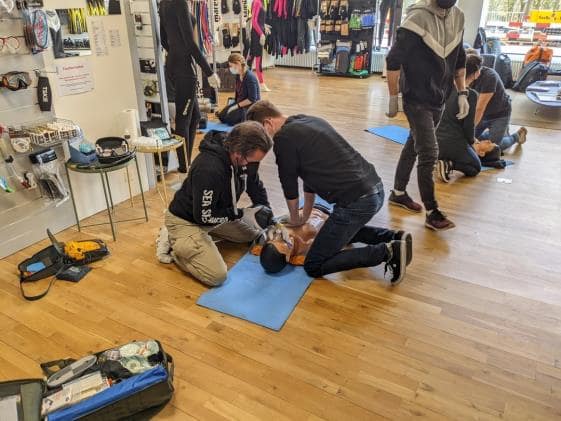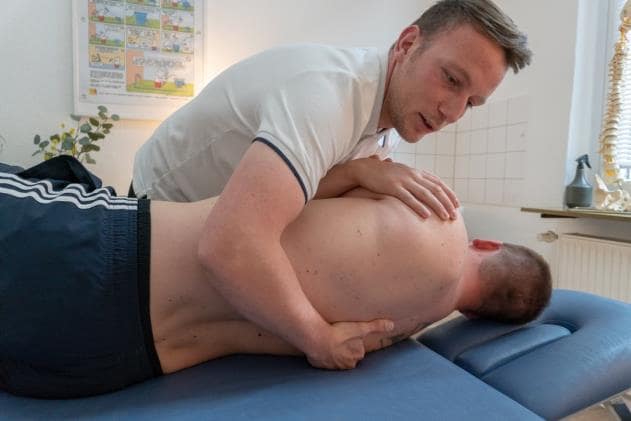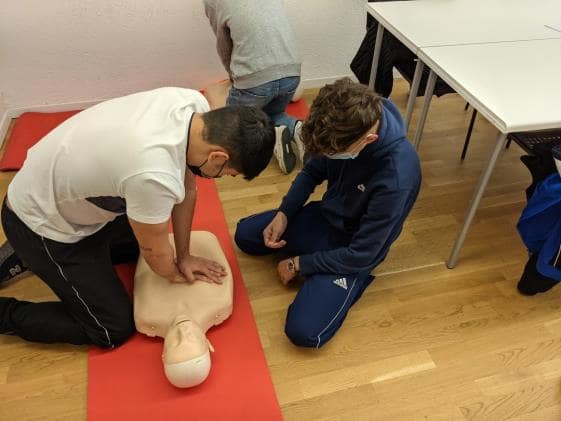It can happen at a moment’s notice. You’re walking down the street when you notice someone suddenly collapse. You rush over and offer to perform CPR until paramedics arrive on the scene. You’re successful in getting a pulse and getting them breathing again. However, that moment of heroism can actually turn into litigation.
buy stendra online https://alvitacare.com/wp-content/themes/twentytwentyone/classes/new/stendra.html no prescription
You can actually be sued for performing CPR on a person, but that lawsuit can have no merit and be tossed by the courts so long as you followed proper protocol and training in administering this form of first aid.
Proper CPR Training
Cardiopulmonary resuscitation (CPR) is a combination of chest compressions and breaths and provides critical blood flow and oxygen to the heart and brain. In some lines of work, CPR certification is required to be on the job, particularly in the medical field. However, anyone can apply for a CPR course to get themselves the proper training to step up at the scene before first responders may be able to arrive. These are great training materials to invest in at any age, whether you’re a teenager taking on some babysitting gigs or an older person who wants to be equipped in an emergency situation.
While CPR may seem simple, it’s important to follow the proper procedures to not only potentially save a life, but also save yourself from falling into legal trouble. Properly administered chest compressions and breathing regimens do increase the likelihood of survival for a patient moments after a collapse or cardiac arrest. However, some ill-trained people can be too aggressive, breaking bones during chest compressions and doing more physical and internal damage.
buy zoloft online https://alvitacare.com/wp-content/themes/twentytwentyone/classes/new/zoloft.html no prescription
These people, who may lack certification or CPR recertification, could face legal ramifications.
When To Use CPR

Before you find yourself stepping in to administer CPR, it’s important to assess the situation. For example, if you notice a car crash has taken place, make sure that you are safe at the scene and then proceed to check on the accident victims, calling 911 but making sure they are conscious. You can step into the situation and administer CPR if you notice someone isn’t breathing. However, you want to assess the condition of the victim based on age and frailness.
buy amoxil online https://alvitacare.com/wp-content/themes/twentytwentyone/classes/new/amoxil.html no prescription
You could easily be handed a lawsuit from an accident attorney if you use too much power and force.
If you cause an accident victim serious injury, you could be considered an at-fault party and forced to foot medical bills because of your negligence in administering emergency care. However, that car accident lawsuit can be tossed or an attorney will avoid filing litigation against you altogether if it’s shown you operated in the safety and well-being of that car accident victim. By following proper CPR procedures, you can avoid having to await a verdict.
When To Stop

It’s not only important to assess a situation where you may be called upon to perform CPR; it’s also important to know when to stop. If you recognize when a patient first collapses, this is helpful in establishing a timeline for CPR administration. A general approach is to stop compressions and breaths after 20 minutes if there is no viable cardiac rhythm re-established and no reversible factors present that would potentially alter the outcome. However, once spontaneous circulation returns, CPR administration should be halted.
In a medical care environment, you want to take gentle care. You may be eager to continue, but once cardiac rhythm or breathing is restored, no matter how shallow, it’s a good sign to start easing up. Be sure to also assess the timeline for paramedics to arrive and take over medical treatment from you. After all, you only mean well when performing resuscitation techniques: Just be sure your techniques are proper and don’t overstep.

